Intellectual Property High-Value Damages Practice Forum: Judicial Offense and Defense of Enterprise Innovation Achievements and Value Realization Successfully Held | Dacheng Shanghai · Event Report
Release date:2025-05-29
Intellectual Property High-Value Damages Practice Forum: Judicial Offense and Defense of Enterprise Innovation Achievements and Value Realization Successfully Held
| Dacheng Shanghai · Event Report
In the era of innovation-driven development, intellectual property has become a core component of enterprise competitiveness and a national strategic priority. In recent years, China has continuously strengthened intellectual property protection. Judicial practice has witnessed the emergence of landmark cases involving high-value damages, where breakthrough compensation amounts demonstrate the determination of judicial authorities to combat infringement and protect innovation. However, enterprises and legal practitioners still face practical challenges such as insufficient effectiveness of evidence and difficulties in arguing the reasonableness of damage calculations, urgently requiring the exploration of more efficient rights protection pathways.
On the afternoon of May 28th, the "Intellectual Property High-Value Damages Practice Forum," co-hosted by the Dacheng Intellectual Property and Technology Innovation Practice Group, the Dacheng Shanghai Intellectual Property and Technology Innovation Team, and the Dacheng Shanghai Technology, Media & Telecommunications (TMT) Industry Group, concluded successfully. The forum was chaired by Huang Miao, Senior Consultant of Dacheng Ningbo Office and Co-Leader of the Dacheng Intellectual Property and Technology Innovation Practice Group. Participating experts contributed valuable insights on cutting-edge trends and risk prevention strategies for enterprise intellectual property protection, sharing diverse perspectives and practical case studies.
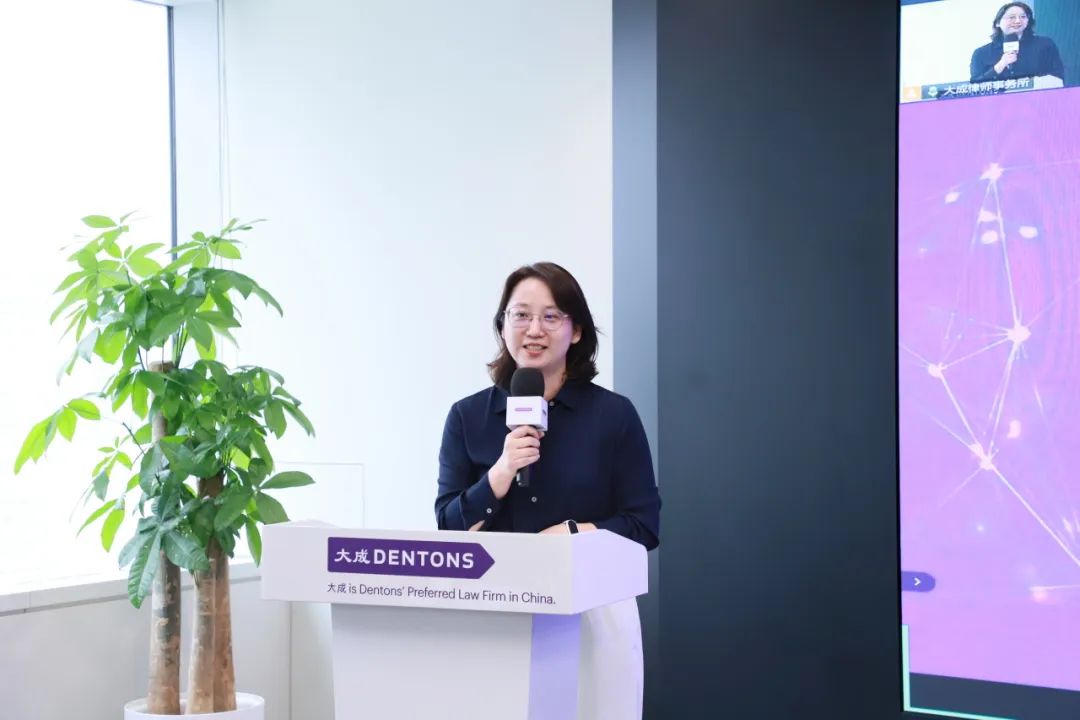
Chen Jun, Managing Partner of Dacheng Shanghai Office, extended a warm welcome to the attendees. In his opening remarks, he pointed out that China's protection of enterprise intellectual property has entered a more specialized and refined "2.0 Era." The deep integration of theoretical innovation and practical experience is key to enhancing the effectiveness of damages awards. Dacheng Shanghai will continue to deepen its expertise in the intellectual property field, leveraging specialized team collaboration and its nationwide service network to build comprehensive rights protection systems for clients. Subsequently, Mr. Chen expressed anticipation for the practical sharing sessions by the speakers and wished the forum a successful conclusion.
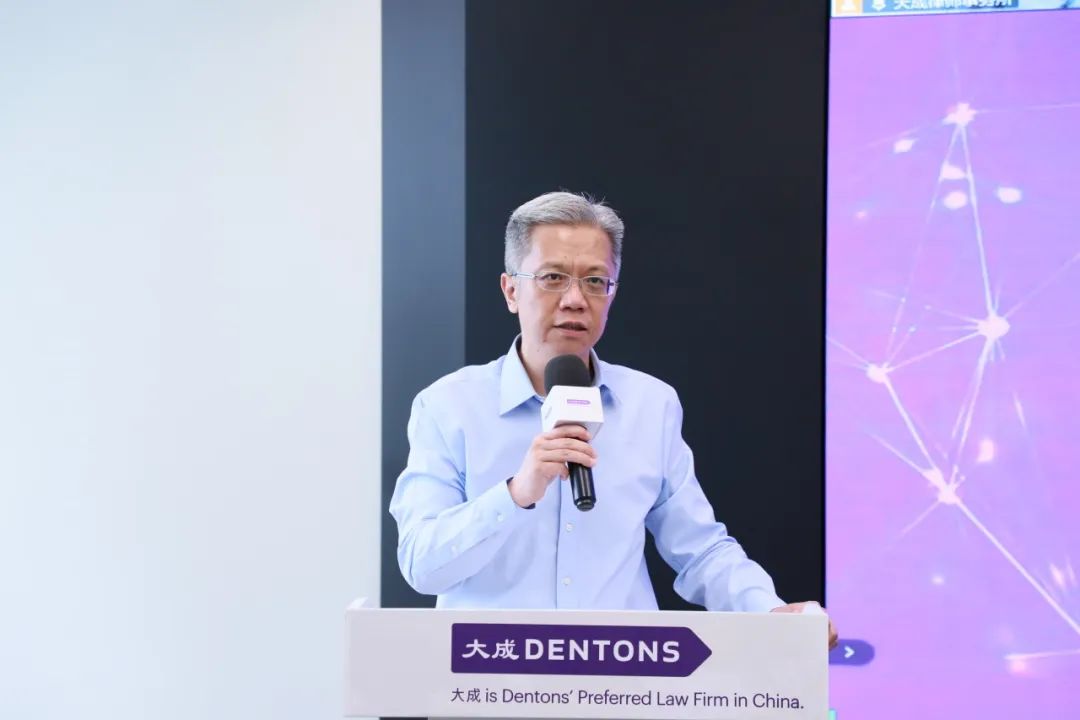
Li Weihua, Partner of Dacheng Shanghai Office and Co-Leader of the Dacheng Intellectual Property and Technology Innovation Practice Group, systematically deconstructed the difficulties in large-scale intellectual property infringement cases using the topic "How to Obtain High-Value Damages in Large-Scale IP Infringement Cases? A Review and Lessons from a 5 Million RMB Awarded Case." He pointed out that in cases involving "non-literal imitation," targeting complex infringing acts where the infringer avoids "1:1 copying," a dual-track comparison method of "deconstructing local features + demonstrating overall commercial confusion" can break through the barrier of establishing "substantial similarity." Faced with the distributor's defense of "legitimate source," it is necessary to focus on objective evidence such as abnormal transaction processes and inverted price systems to deduce their subjective fault inversely, thereby undermining the defense foundation. Attorney Li emphasized that enterprise rights protection requires establishing a multi-dimensional evidence collection system encompassing "notarized evidence preservation, nationwide clue coordination, and property preservation for pressure." By blocking the infringer's asset transfer paths and strengthening the evidence chain closure, a solid foundation for high-value damages can be laid, achieving an organic unity of legal effect and commercial outcome.

Wang Jing, Partner of Dacheng Suzhou Office and Head of the Dacheng Suzhou Intellectual Property and Technology Innovation Team, shared insights on "Analysis of Trends in Plaintiff Win Rates and Compensation Amounts in Trade Secret Cases and Case Studies." Based on Supreme People's Court data analysis, he noted three major trends in trade secret cases: "dominance of technical confidential point disputes, high incidence of disclosure by former employees, and a surge in damages awards." Using Jiangsu region as an example, Attorney Wang stated that the number of trade secret cases has grown significantly in the past three years, with a notable increase in cases awarding damages exceeding 10 million RMB. He identified three current characteristics of Jiangsu trade secret cases: surging quantity, surging case value, and surging damages awards.
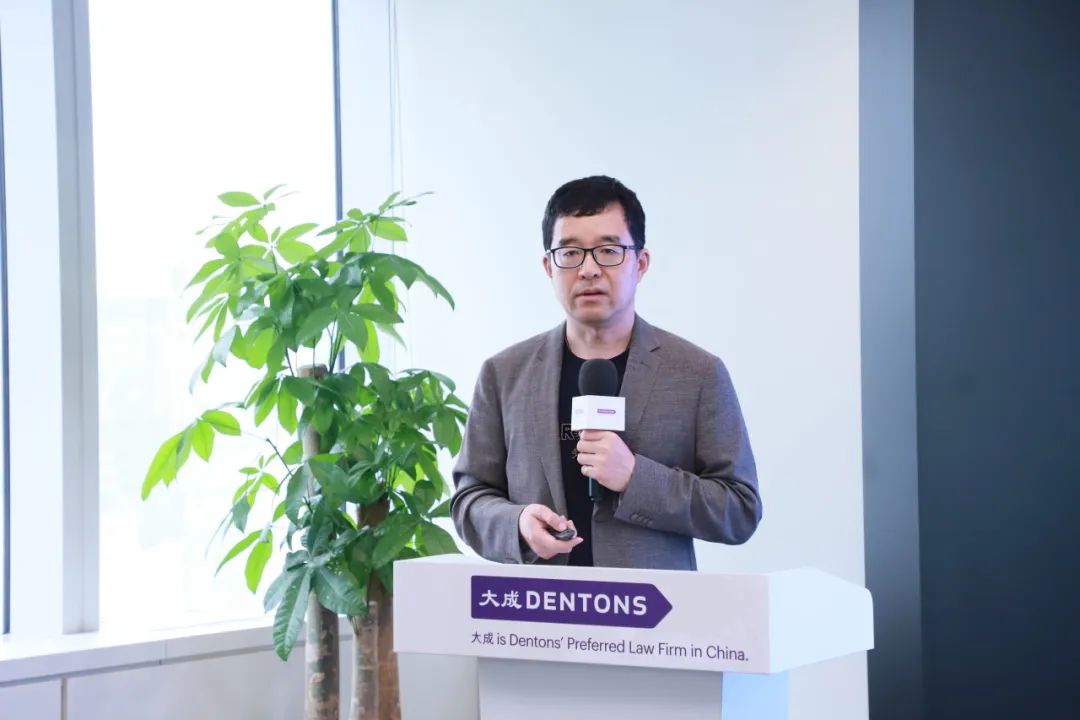
Zhao Yunhu, Partner (Pending Admission) of Dacheng Shanghai Office, systematically explained the critical role of the "three highs" – "high-value rights holder, high judicial determination responsibility, high-value technology" – in driving damages awards through two cases under the topic "Typical Cases of High-Value Damages in Patents plus Trade Secrets - High-Value Damages Driven by the Three Highs." He emphasized that enterprises need to strengthen confidentiality management of technical secrets, particularly focusing on building an evidence system to prove the "non-public nature" of technical information, by improving confidentiality agreements and documenting the R&D process to prevent leakage risks. In technical collaborations, it is essential to strictly adhere to legal boundaries to avoid infringement disputes arising from unclear ownership or unauthorized patent applications. Attorney Zhao stated that judicial practice's high focus on technical value, strict scrutiny of evidence demonstrating compliant operations, and the combined assessment of technical confidential points and market value have become key dimensions supporting high-value damages. Enterprises need to construct an intellectual property offense and defense system with a "technology-legal-commercial" trinity mindset.
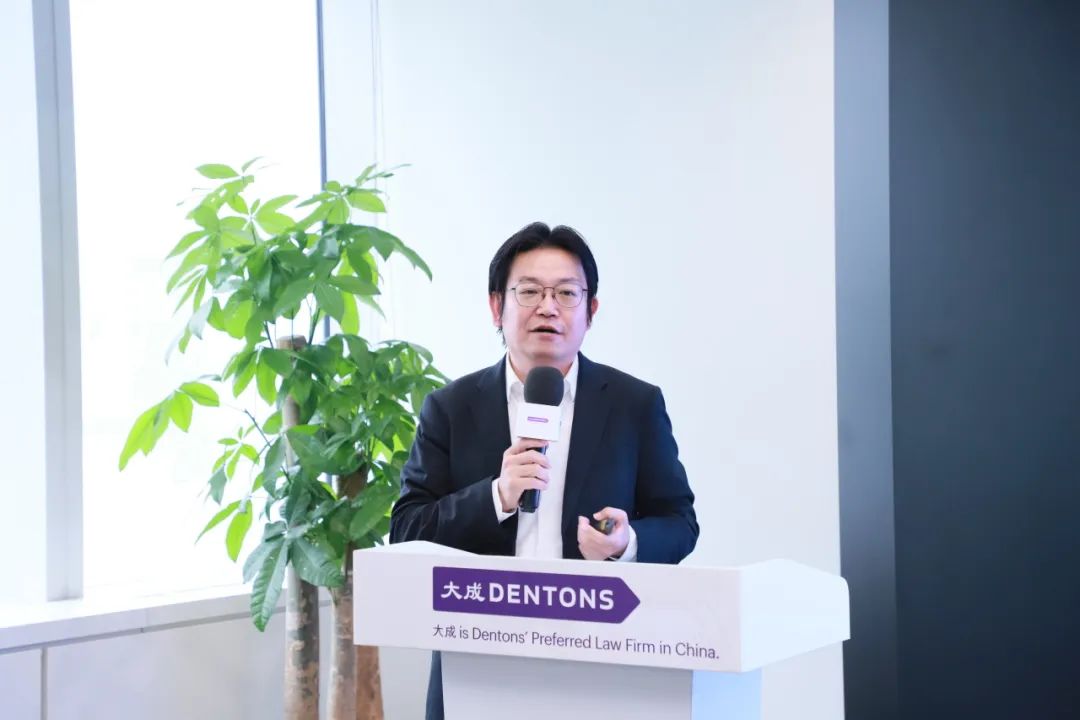
Yang Yuzhou, Partner of Dacheng Shanghai Office and Leader of the Dacheng Intellectual Property and Technology Innovation Practice Group, based on his experience successfully representing plaintiffs in over ten cases each resulting in damages exceeding one million RMB in recent years, shared his practical approach to securing high-value damages in trademark and packaging imitation cases under the topic "High-Value Damages Are Not a Dream: Revealing the 'Winning' Strategies and 'Compensation' Art in Trademark and Packaging Imitation Cases." Attorney Yang pointed out that the case foundation must rest on three elements: brand reputation, prior successful litigation records, and the egregiousness of the accused conduct. Litigation strategies can include synchronously suing multiple related defendants, pre-litigation asset investigation/control, and evidence preservation. Compensation calculation bases can be constructed by notarizing the scale of infringing goods sales and comparing industry profit margins. He emphasized the need to skillfully utilize the nationwide collaboration network for rapid evidence preservation, simultaneously striving to provide evidence for punitive damages. Furthermore, an attorney's attitude in handling the case significantly influences the judge's conviction regarding the damages amount. Ultimately, flexible approaches should achieve both the realization of damages and the protection of the client's commercial interests.

Liu Feng, Partner of Dacheng Shanghai Office and Co-Leader of the Dacheng Intellectual Property and Technology Innovation Practice Group, shared insights on "Can the Full Development Cost Be Recovered in Online Game Development? Starting from the Logic of a Ten Million RMB Compensation." Focusing on the pain points in legal practice for technology-related IP cases, he pointed out that emerging fields like online game development often face rights protection difficulties due to high professional barriers and ambiguity in the recognition of technical evidence. He stressed that resolving such cases requires a "legalization of technical facts" approach, transforming complex information like technical terms and development standards into objective evidence acceptable in judicial proceedings. Teams can effectively bridge the cognitive gap between law and technology by introducing technical expert assistant systems, constructing visual evidence models, and systematically organizing comprehensive records of the technical development process. This provides clear bases for judicial decisions, enabling precise identification of core disputes in technology-related breach and infringement cases, solidifying the factual and legal foundations for high-value damages, and promoting the substantive implementation of IP protection in innovative fields.
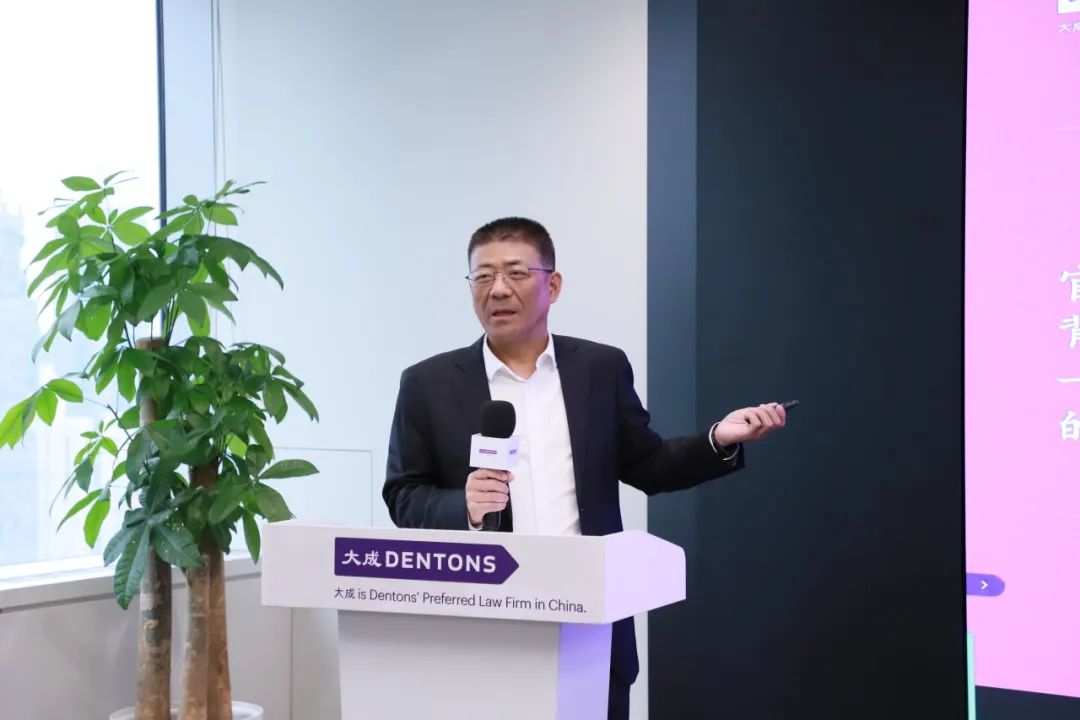
Liu Jie, Partner of Dacheng Hangzhou Office and Head of the Dacheng Hangzhou Intellectual Property and Technology Innovation Team, used the theme "How to Break Through in Atypical Unfair Competition Cases" to explain breakthrough strategies for cross-border disputes and the protection of new data rights, using atypical unfair competition cases as examples. He pointed out that for complex situations involving overseas entities exploiting "geographical barriers" and "compliance defenses," it is necessary to clarify the boundaries of commercial conduct legitimacy through jurisdiction arguments, the application of private international law rules, and the construction of a closed chain of notarized evidence for foreign-related matters. When confronting emerging disputes like data scraping or misuse of user reviews, the core criterion should be "substantial substitution." Analyzing whether data use leads to a substantive migration of the original platform's core traffic and competitive advantage can precisely define unfair competition acts. Attorney Liu emphasized that such cases require breaking traditional adjudication thinking and applying innovative methodologies to help enterprises tackle the intertwined challenges of globalization and digitalization in rights protection.
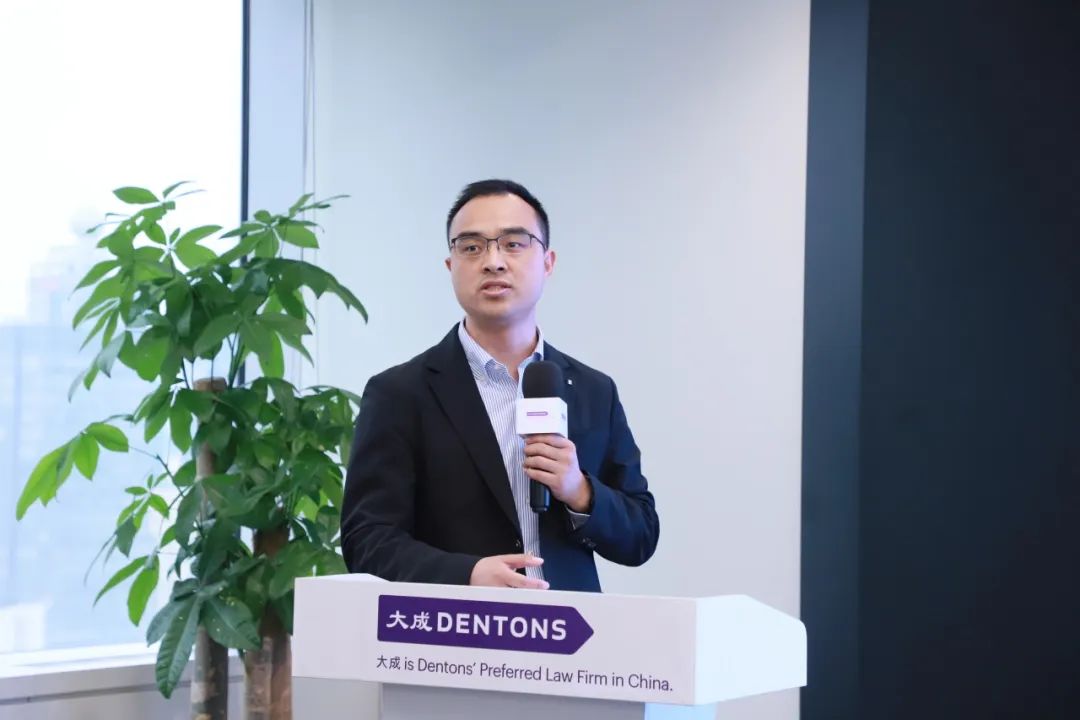
Fu Gang, Partner (Pending Admission) of Dacheng Shanghai Office, delivered a presentation titled "Legal Application and Case Analysis of Punitive Damages in Trademark and Unfair Competition Cases," providing an in-depth analysis of the application logic and practical key points of punitive damages based on legal provisions and cases. He proposed that subjective bad faith in IP infringement should be determined by comprehensively considering factors like "repeated infringement, fabrication/destruction of evidence, and industry knowledge." The severity of objective infringement circumstances can be evidenced across dimensions such as "scale, geographic scope, duration, and means to evade enforcement." Regarding the calculation base, besides the infringer's financial data, supplementary methods can flexibly utilize industry association profit statistics, e-commerce platform sales records, and customs export data. This should be combined with the 1-5x punitive multiplier to form a tiered claim strategy. Attorney Fu then analyzed the key points of a series of typical cases applying punitive damages and shared his experience in successfully handling a case resulting in 50 million RMB damages with punitive damages applied. Finally, Attorney Fu summarized 28 practical suggestions covering critical stages like evidence preservation, uncovering bad faith circumstances, and citing precedents, providing a systematic methodology for achieving high-value damages.
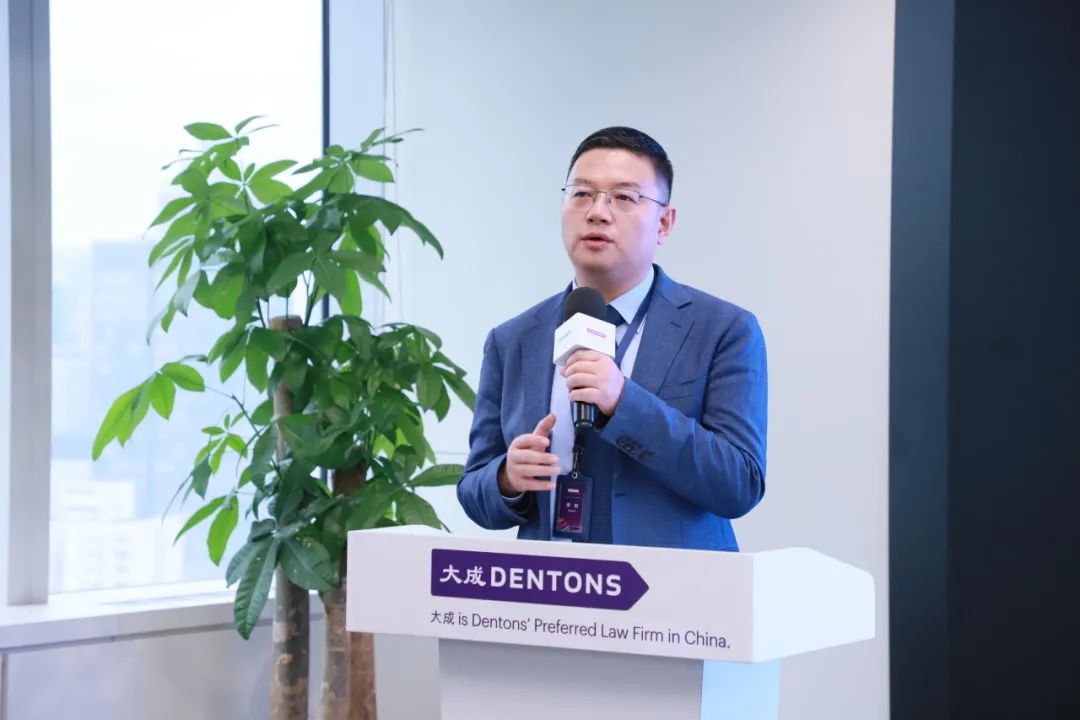
Hong Xinmei, Attorney of Dacheng Shanghai Office, shared insights on "How to Secure High-Value Damages through Civil-Criminal Linkage in Trademark Infringement Cases." She pointed out that multi-brand rights protection efforts must be vigilant against the "criminal procedure priority" potentially blocking civil claims. Attorney Hong suggested that enterprises should establish a systematic criminal risk screening mechanism before filing civil lawsuits. This involves predicting risks through multiple channels, such as searching for related entities' criminal records and communicating with local public security authorities. Prioritizing a "civil first, criminal later" strategy to establish infringement facts or adopting a "civil and criminal parallel" approach to promote complementary evidence across both procedures can help avoid losing the initiative in claiming damages. To address differences in evidence standards, materials obtained during the criminal investigation phase, such as account books and communication records, can be used to strengthen the civil infringement evidence chain. Simultaneously, pre-litigation evidence preservation should be used to secure easily lost critical evidence, thereby enhancing the prospects for damages awards.
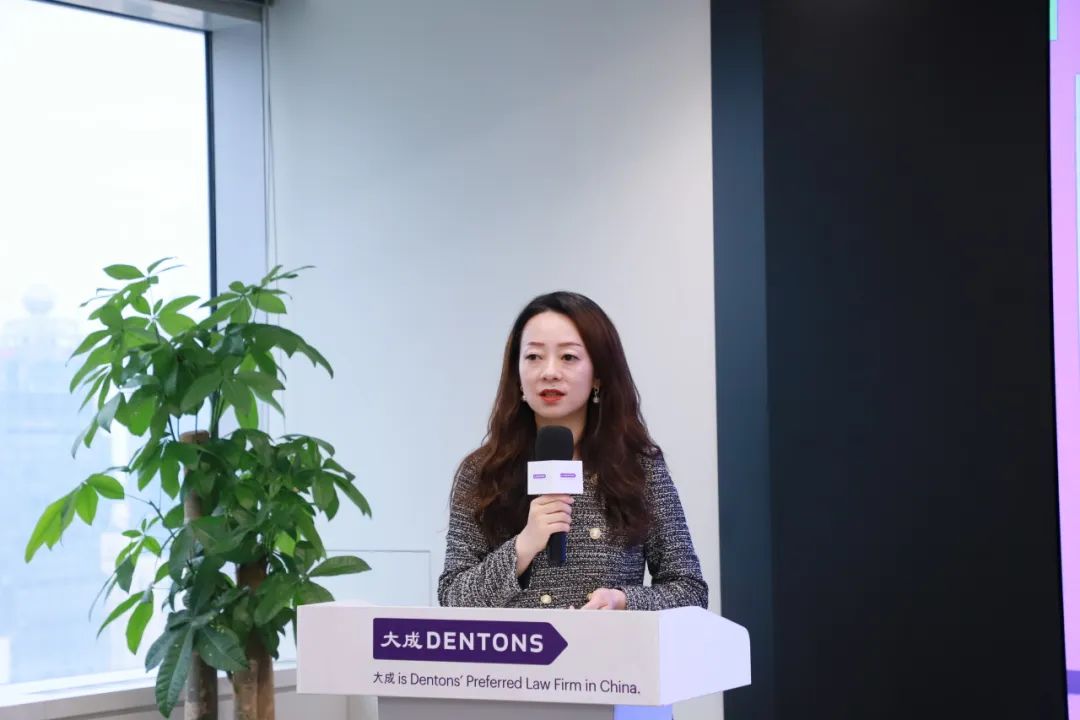
At the conclusion of the forum, Yang Yuzhou, Partner of Dacheng Shanghai Office and Leader of the Dacheng Intellectual Property and Technology Innovation Practice Group, thanked all participating speakers before summarizing. He stated that the core of high-damages cases lies in "meticulous evidence, systematic strategy, and efficient execution." Dacheng Shanghai will leverage the cross-regional collaboration capabilities of the firm's specialized teams and its industry resource network to continuously explore innovative solutions for intellectual property protection, assisting enterprises in tackling rights protection challenges within complex business environments.

Through the analysis of typical cases and the distillation of practical experience, this forum effectively clarified the core adjudication rules and key litigation strategies for intellectual property high-value damages cases, providing valuable suggestions for protecting enterprises' core competitiveness. Dacheng Shanghai will strive unremittingly on the path to enhancing professional services. The firm will rely on the practical experience accumulated by its specialized teams in the field of intellectual property litigation to continuously optimize key technical aspects such as constructing effective evidence chains and quantifying infringement damages. This will assist enterprises in improving risk prevention mechanisms and litigation response systems, providing solid legal support for the commercial value realization of technological innovation achievements.
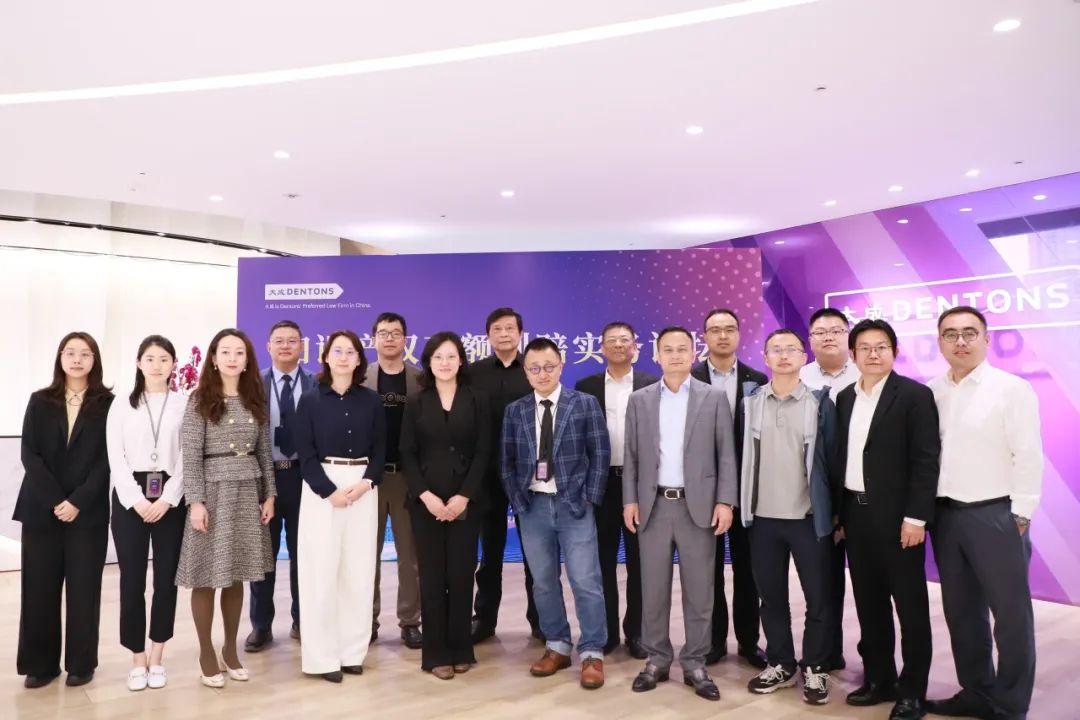
Related Lawyers





